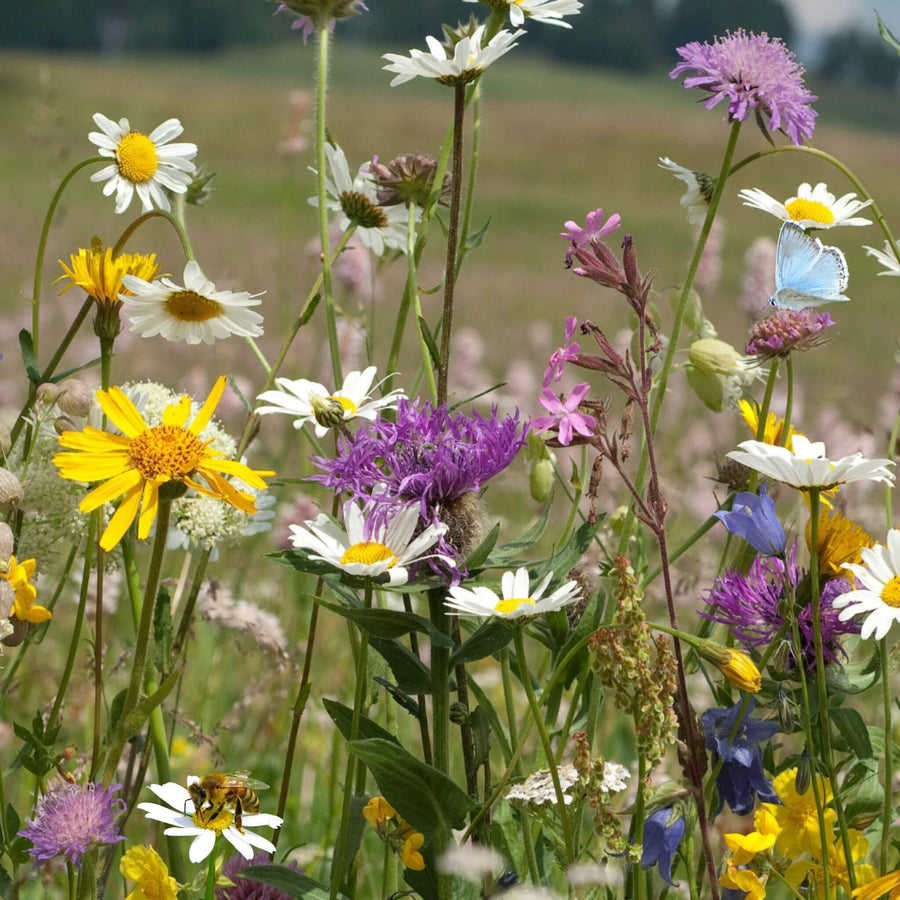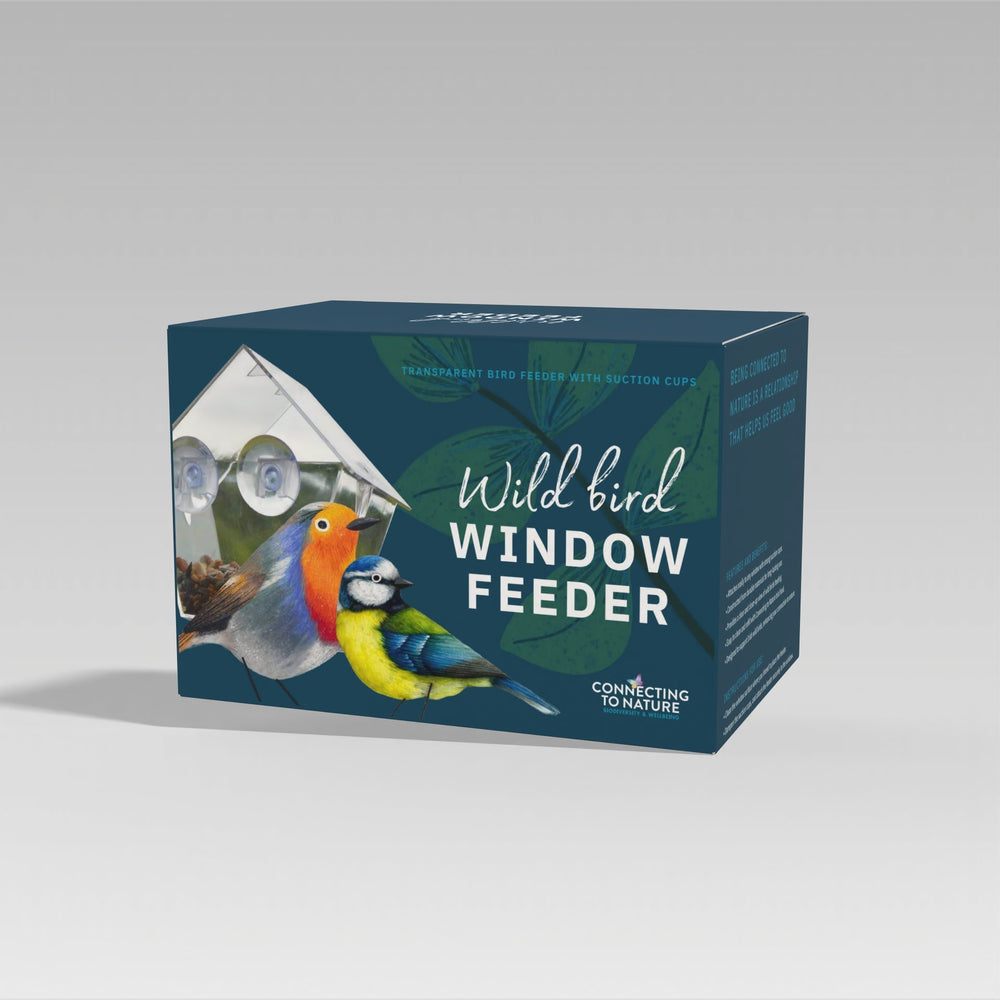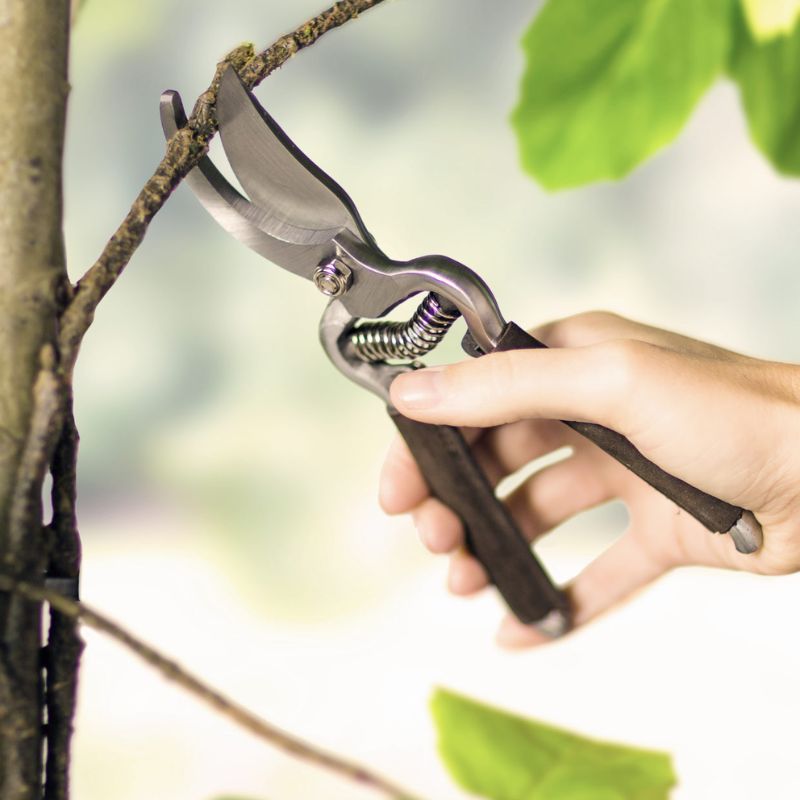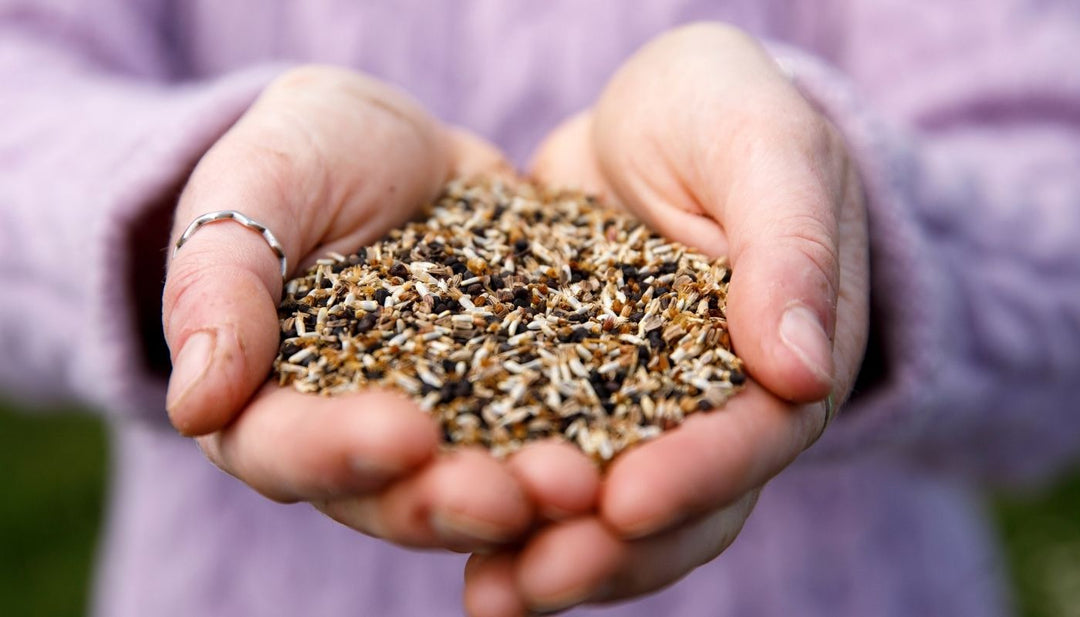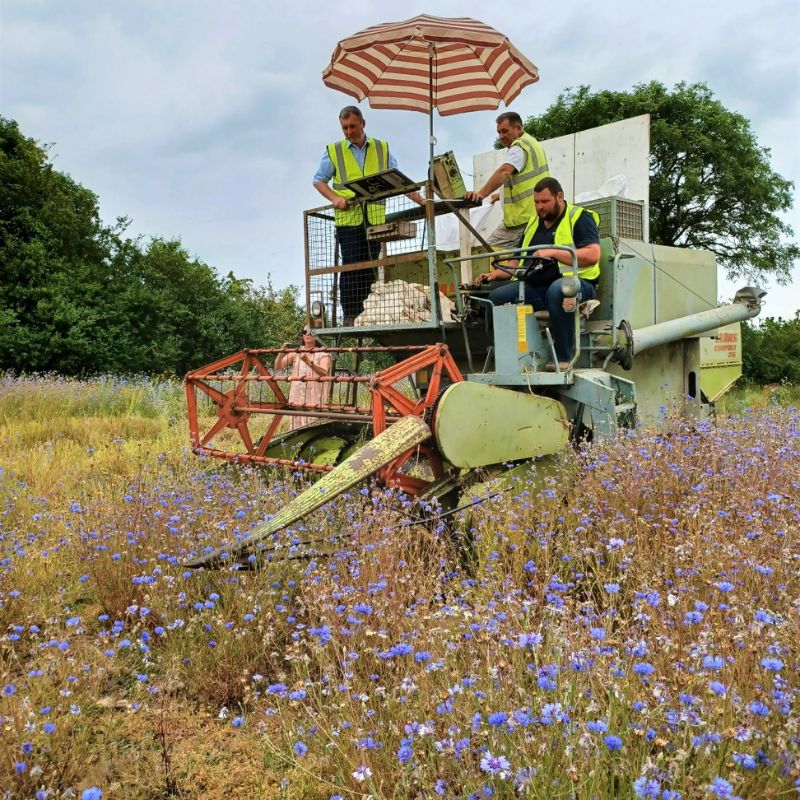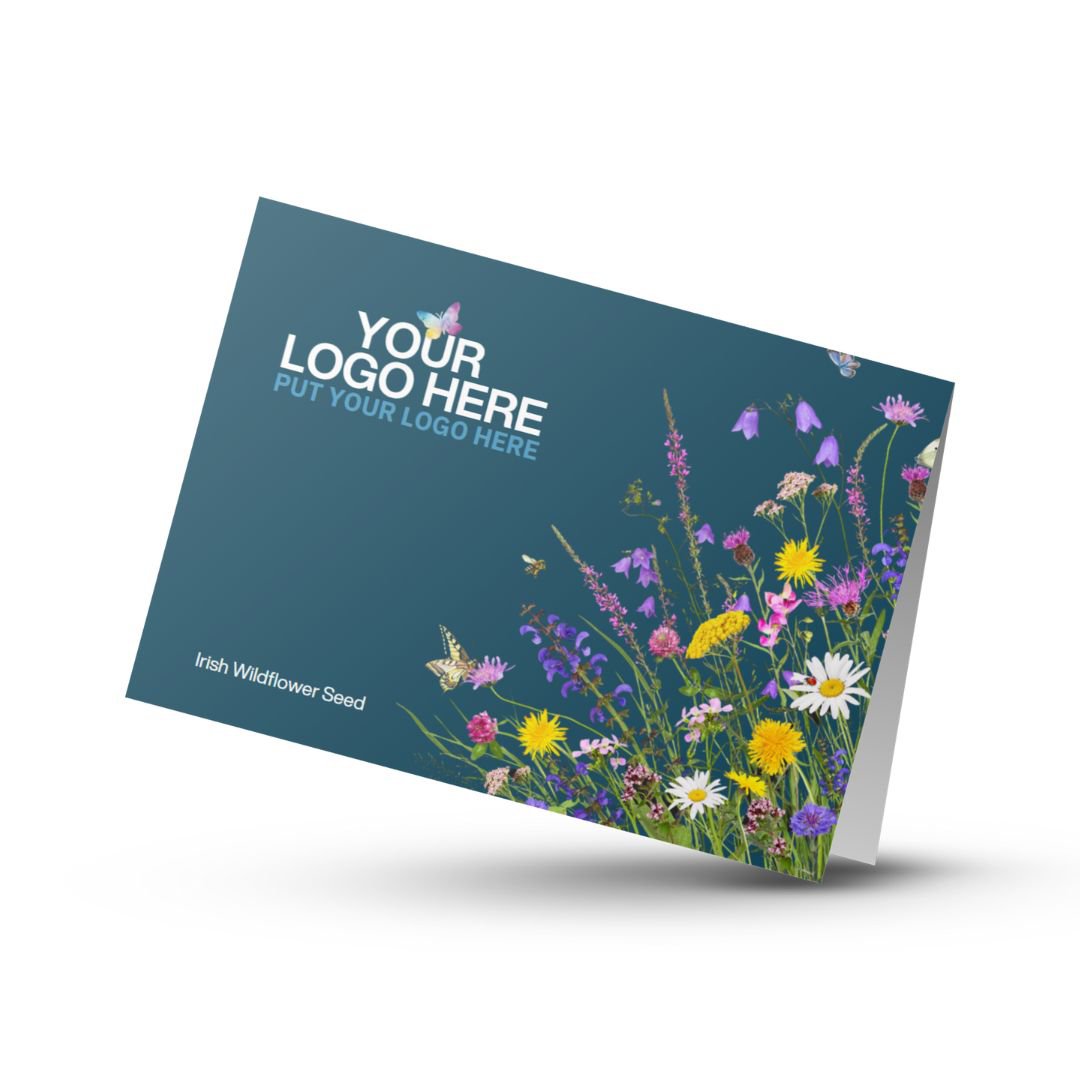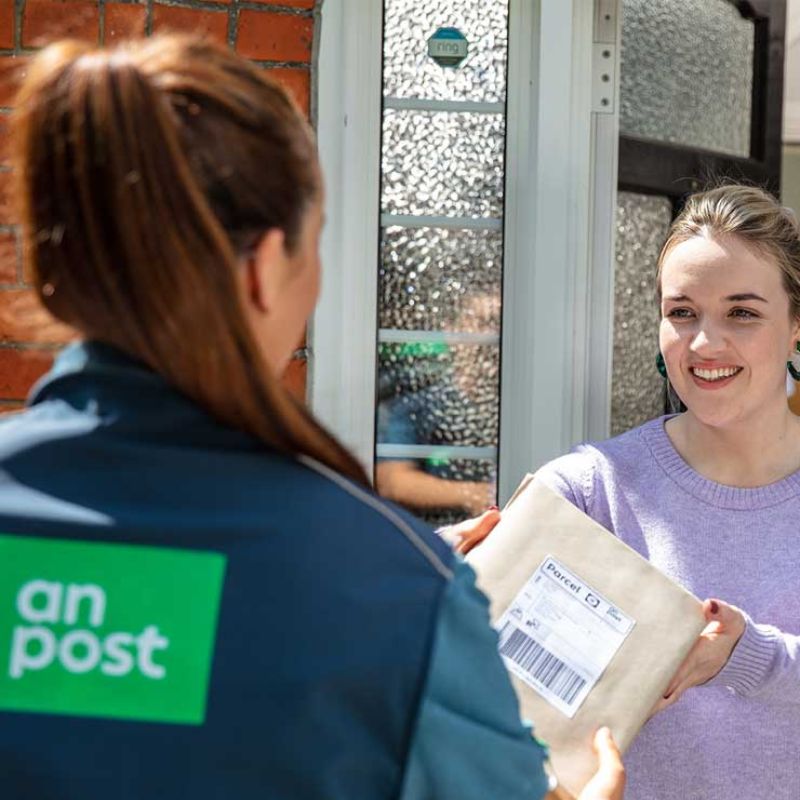Study finds 'Devestating Loss' of Native Plants across Ireland & Uk
Now is the time to sow native wildflowers, Spring 2023.
With optimal sowing conditions this month, and recent findings by the BSBI that our Native Irish/British Plant species have been outnumbered by non-natives; there’s never been a better time to sow Wildflower seeds!
Study finds devastating loss of British/Irish Native plants!!
Earlier this month, the Botanical Society of Britain and Ireland (BSBI) published their Atlas 2020 cataloguing the wildflower species of the British Isles. This 20-year-long research project recording the plant life of our nation, highlights a definite decline in half of our wild plant species. Native plants and archaeophytes (those plants introduced before 1500) have fallen in number since the 1950s, while neophytes (those plants arriving since the 1500s) have increased steadily.
For the first time, there are more non-native species across our lands than native ones. Ancient arable wildflowers, such as corn marigolds, have suffered more than other species with a 62% drop in their numbers.
What has caused the decline?
The fall in the number of native plants, such as agrimony, harebell and devil’s bit scabious, is a result of a decline in their natural habitats, particularly species-rich grasslands and wetlands, together with changes in farming practices over the past 50 years, and modern gardening trends. This has huge implications to the insects and other animals, the fungi and the microbes that have evolved alongside our native plants and increases in the numbers of introduced non-native species do not address the balance.
|
💡Did You Know
Many of our insects live and feed on one species of native plant.
If this plant species reduces in number, or disappears, so will that insect that relies on the plant. The birds, bats and other animals further up the food chain will in turn be affected too.
We need the diversity of our native plants to sustain diversity in our animal life and the healthy life of our soil and increases in the numbers of introduced non-native species will not address the balance.
|
A wake-up call for action
Plants are fundamental for human life: for food, for oxygen, for fuel, for industry, and, through our connection with the natural world, for mental well-being. Yet, we are becoming more distant from them. They are losing their place in formal education and fewer and fewer of us can correctly name them. This seems significant. As nature writer Robert McFarlane has considered, “we will not save what we do not love and we rarely love what we cannot name.”
Compared to other European nations, Britain & Ireland are some of the most nature depleted. Biodiversity is losing out to biomonotony. BSBI President Dr Micheline Sheehy Skeffington has noted that, although Atlas 2020 and the information it chronicles is a huge achievement, it should really be regarded as a “wake up call for action.”
We must cultivate our own native wildflower habitats
So, what can we do to help reverse this fall in our natural flora, to restore our plant life and biodiversity? Biodiversity should come at the front of our decision-making. We should reduce contamination by our excessive use of fertilisers which encourage a few favoured species to out-compete the majority, we should consider native over non-native when planning our gardens and we must reduce nutrient pollution.
Culturally, we need to relearn the knowledge we have lost. We need to care more about our native plants. We need to call them by their names.
And individually, we need to cultivate our own native wildflower habitats. Our gardens. Our meadows.
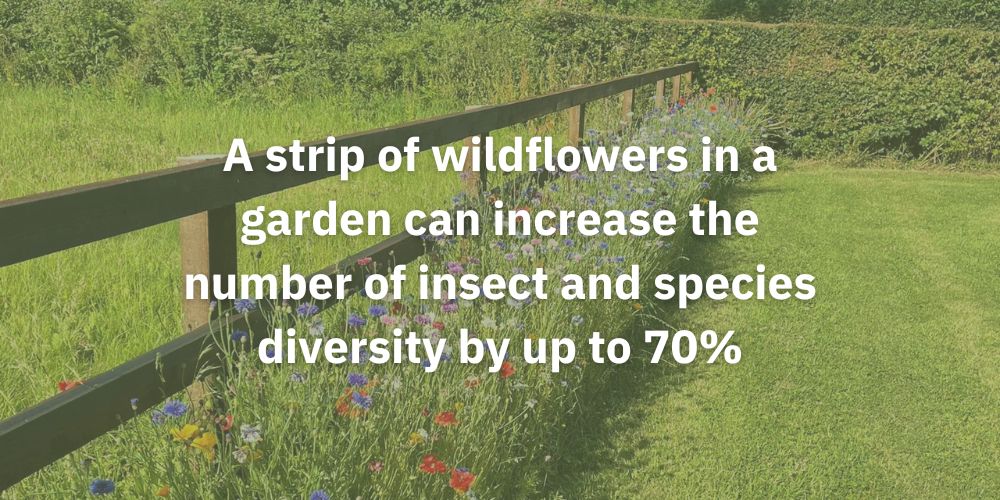
So, now is the time to sow native wildflowers
After a cold early spring, the weather is finally warming up, the days are getting longer and the rainfall of the past week or so has raised the moisture levels in the ground: perfect conditions for sowing.
Sowing your seeds in early April will give the annual species in your mix the time they need to set down roots, grow strong stems, and start to flower by the beginning of the summer, so you, and the wildlife in your garden, can enjoy their beautiful blooms for a long flowering season.
Reflecting on the BSBI’s findings, and with spring well underway, Spring 2023 really is the time to sow native wildflowers. There has never been a better time.


